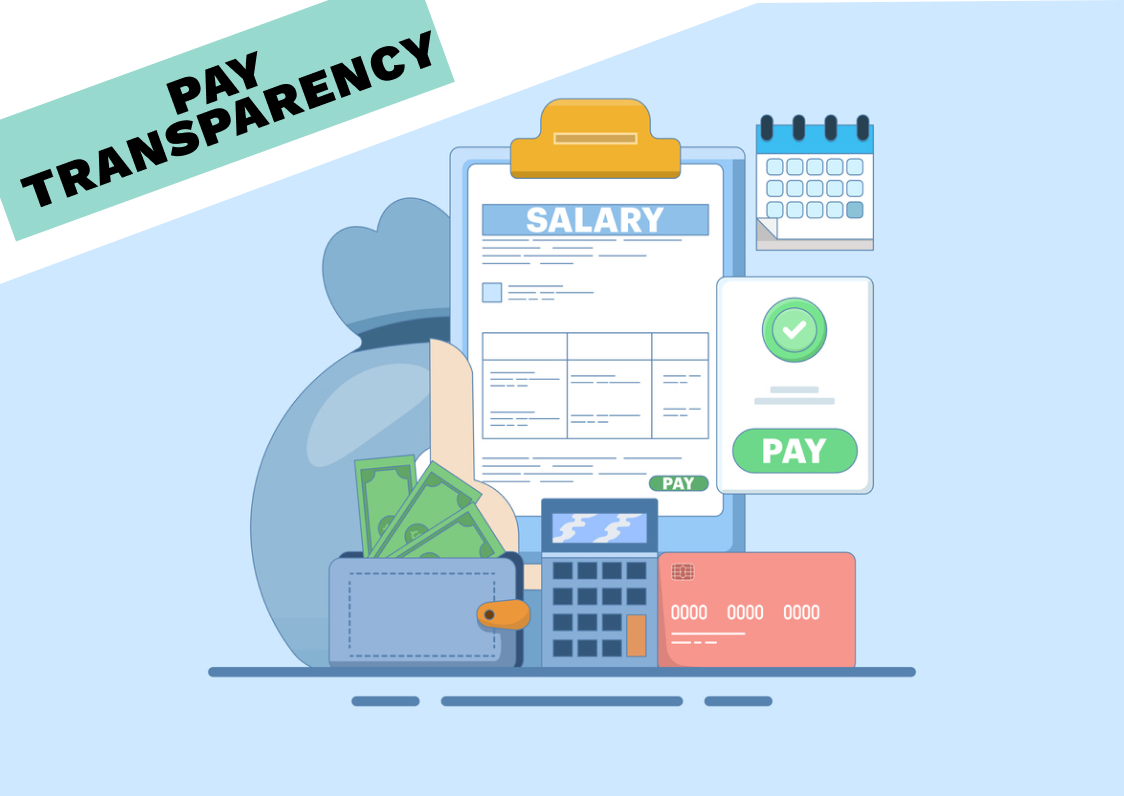This is not a drill: a new directive on pay transparency will be in force across the EU in less than two years’ time.
And if you’re thinking that sounds a long way off, you’re wrong. For most companies, the new rules will be in effect within the next two pay cycles — and correcting pay inequities isn’t something that happens overnight.
Long story short: European companies need to start preparing now if they want to meet the requirements of the pay transparency directive by the implementation date in June 2026 — read on to learn how.
What’s the directive all about?
The pay transparency directive is a set of measures designed to increase pay transparency and reduce the gender pay gap across the EU — which is currently sitting at 13%. It includes various far-reaching measures, which will radically change how European companies handle compensation. You can read more about the directive and the changes it will introduce in our complete guide.
The directive came about through years of discussion and negotiation, and was finally published in the Official Journal of the EU in May 2023. The rules set out in the directive will be in force across member states by 7 June 2026. And the first reporting deadline will be a year after that, on 7 June 2027.
6 ways to start preparing for pay transparency today
At the time of writing, there are two years until the directive takes effect. Isn’t that still a long way off? Well, not really. The majority of companies only perform compensation reviews once a year, which means the rules will be in force within a couple of pay cycles. And since correcting pay inequities often takes more than one cycle, there really isn’t much time to waste.
There’s another year before you have to file your first gender pay gap report under the new rules (or longer for smaller companies). But you really don’t want anything that comes up in that report to be a surprise — which means you should be preparing now.
Here are some of the concrete actions companies can take now to ensure they’re prepared once 2026 rolls around.
1. Assemble a cross-functional taskforce
Preparing your company for pay transparency will take a lot of work. And it’s not something that can be handled by one department alone. Instead, it should be a collaborative process that seeks input from various stakeholders.
That’s why the first and most crucial step is putting together a cross-functional working group to manage it. Depending on your organisation’s size and structure, your superstar dream team might include professionals from:
- HR
- Talent acquisition
- Compensation and benefits
- Finance
- Payroll
- Legal
- DEI
- CSG
- IT
All of these people have their own unique perspectives and expertise to bring to the table when it comes to pay transparency — which will be invaluable as you prepare to comply with the new rules.
2. Analyse and refine your job architecture
The pay transparency directive will require companies to report on their gender pay gap, either every year or every three years depending on their headcount. While some countries already have mandatory pay gap reporting in place, the requirements in the directive are much more extensive.
One key difference is that the directive requires companies to report on their gender pay gap in every ‘category’ of workers, which is a group of people who all do the same work or ‘work of equal value’. These same categories will also be used when employees request information on the average pay levels of people in comparable roles.
But what about this concept of ‘work of equal value’? According to the directive, categories should be based on criteria like skills, effort, responsibility and working conditions. That means it’s not just about employees doing the same job: theoretically, two employees could be legitimate comparators in an equal pay claim even if their roles were totally different. Breaking your workforce down in this way is going to take some thought — which is why it’s best to start now.
3. Identify and correct existing pay gaps
Once the directive is in play, companies that find a gender pay gap of 5% or more in any category will only have six months to correct it. If they don’t, they’ll have to carry out a joint pay assessment in collaboration with employee representatives, which could be an expensive and time-consuming process.
Businesses can get ahead of the game by working to identify any existing pay gaps before the rules are in force. This gives you more time to fix any issues before you’re legally obliged to report on your pay gap.
Identifying internal inequities typically means carrying out a pay equity analysis. This isn’t a simple process, and you’ll need the right tools, technologies and expertise to do it. But if it can help you avoid nasty surprises once the reporting obligations are in effect, it could be well worth the effort.
4. Rethink your hiring processes
The directive introduces two key changes to how employers hire employees. First, it gives jobseekers the right to be informed about the salary range for a position before the interview stage. In practice, this usually means including this information in your job descriptions.
At the moment, this isn’t a legal obligation — though many employers are choosing to voluntarily share this information. In this interim period, choosing to share salary information in your job ads could be a competitive advantage (as well as helping you to prepare for compliance come 2026).
The directive also introduces a ban on asking candidates about their salary history. Again, many companies (including Figures) already choose not to do this, because it can perpetuate historical inequities and entrench them over time. If your company hasn’t yet adopted this as part of your hiring policy, it could be time to change that.
5. Evaluate your pay criteria and structures
Be honest: would you be comfortable sharing your salary bands with the general public right now? If this idea makes you nervous, that’s probably a sign that your salary structure needs some work. Taking the time now to ensure your salary bands are fair, consistent and in line with the market can save you a lot of stress down the road.
The directive will also require companies to share the criteria they use to make decisions about pay and progression with employees. These criteria will need to be objective, consistent and (of course) gender-neutral. Again, it’s much better to spend some time ensuring these are ship-shape now than waiting until you have to make them public.
It’s also worth remembering that it’s not just about the policies you have down on paper. If your organisation gives managers a lot of discretion in making pay decisions, it’s likely that your well-thought-out criteria aren’t being applied consistently. And that isn’t going to wash once the directive is in force.
6. Begin building a communication plan
Under the new rules, employers will have to inform their employees at least once a year about their right to request pay information. Employees will likely also have questions about the changes they’ll see once the directive is in effect.
While you don’t need to have everything in place now, it’s worth thinking about how you’ll communicate all of the relevant information to employees. Every company is different, but your communication plan might include:
- Explaining any changes to your compensation policy at an all-hands meeting
- Briefing managers on how to accurately answer questions about pay
- Informing employees about changes to pay criteria, compensation reviews and performance reviews
- Creating internal materials (like blog posts, guides or handbooks) that employers can access to learn about the company’s approach to pay transparency
As we said, you probably have a bit more time to focus on this particular point. However, money is a sensitive (and important) topic for a lot of people. Better to get your ducks in a row now so you can communicate clearly and effectively when the time comes.
The clock is ticking…
We’re not trying to scare you. Well, OK… maybe a little bit. But the fact is that employers in Europe should be afraid of the pay transparency directive — and they should channel that fear into preparing thoroughly and with plenty of time to spare.
When you leave things to the last minute, no one wins. All that means is a lot of stress for your internal team and a very high chance of unpleasant surprises when it comes to filing your first gender pay gap report.
By following the advice in this guide, you can make sure you’re limbered up and ready to go once the directive rolls around — not scrambling to meet the deadline and setting yourself up to fail.
Summarize this article with AI
No time to read it all? Get a clear, structured, and actionable summary in one click.




![How Countries Are Implementing the EU Pay Transparency Directive [Updated December 2025]](https://cdn.prod.website-files.com/67d7e1e2f12d2942bb8d0309/6800da19bf0ad5c3d89c6d56_67e2c2cbef618bc98559ce0c_679b9fd8dac8fc3762b7e816_General%252520Topic.avif)

